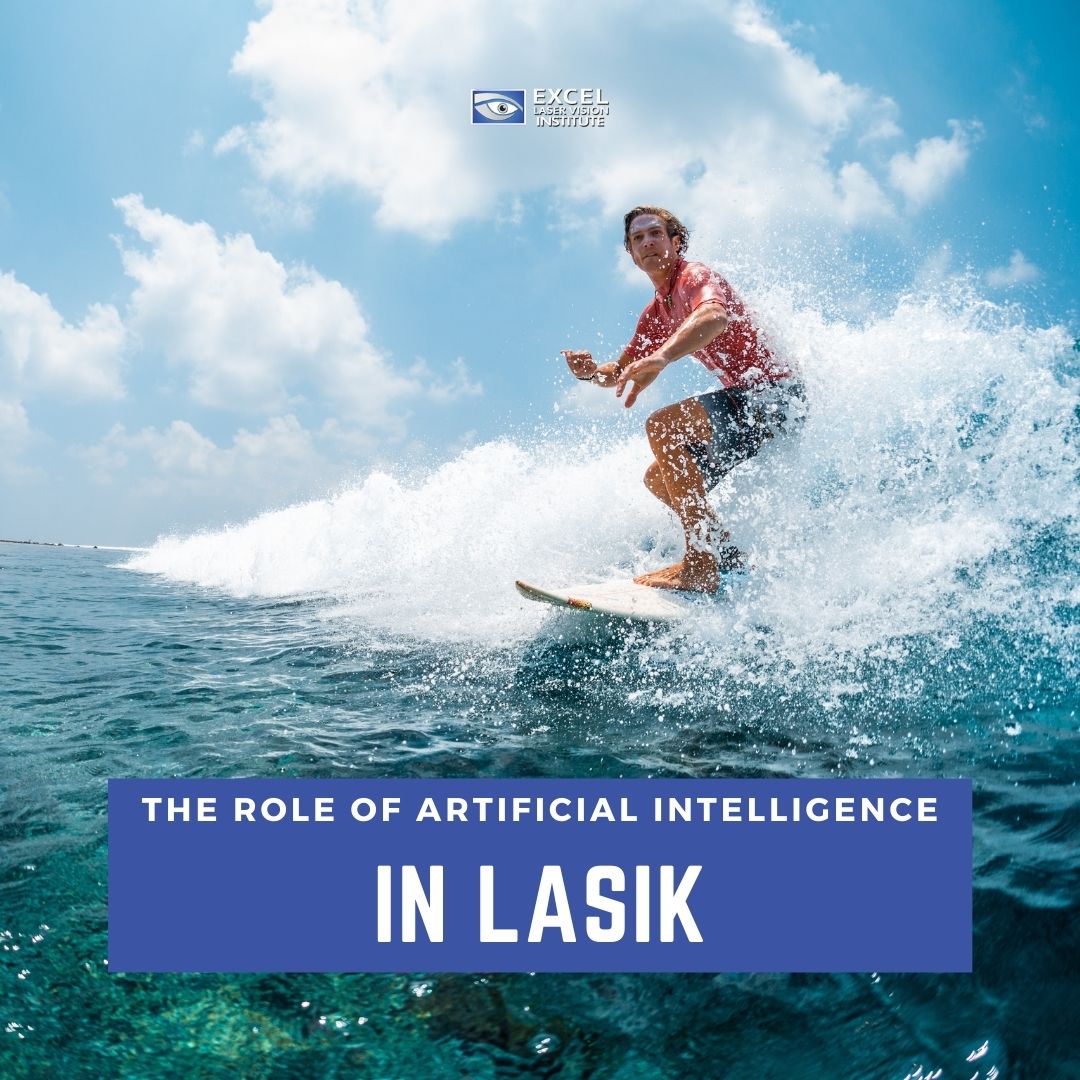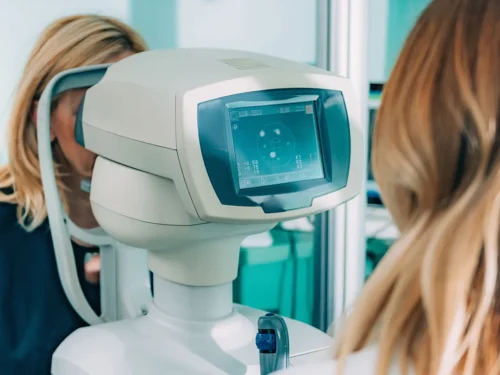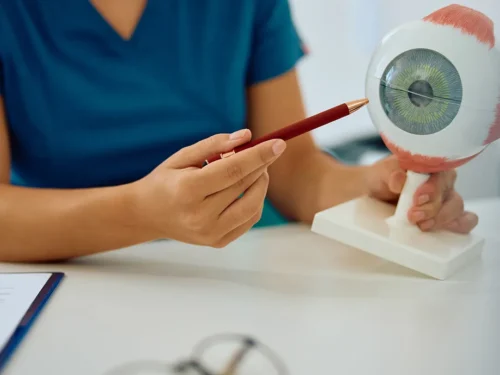
Our world is no stranger to artificial intelligence. Technology like Siri, face recognition, and geo targeted ads are perfect examples of how artificial intelligence has been slowly integrated into our day-to-day life. AI can do more than entertain. It provides convenience, security, and precision. For that reason, it has proven to be a valuable asset in the healthcare world, specifically for eye care procedures like LASIK.

By definition, artificial intelligence is a form of technology that mimics human behavior and thought-processes. AI can “learn” much like humans by sifting through the given data while following its programmed course. In the healthcare system, AI is used to analyze medical imaging. Technology has advanced so that artificial intelligence can now detect certain skin and lung cancers as well as tuberculosis from x-rays.
Ophthalmologists who perform laser eye surgery in Los Angeles say that artificial intelligence has played a part in preventing blindness. AI can be applied to optical coherence tomography and visual fields as well as fundus photographs to identify diabetic retinopathy, glaucoma, age-related macular degeneration, and other health issues in the eye. Here are some more examples of artificial intelligence being used in eye care:
- One British AI company is working with a hospital in London to identify the development of exudative age-related macular degeneration.
- Researchers at a specialty hospital in New York have created an algorithm for AI to identify age-related macular degeneration in patients. This solution is both convenient and inexpensive, given that the required technology is basic.
- One Dutch-American retinal specialist created the first autonomous diagnosis system for diabetic retinopathy, which was approved for use in the U.S. in 2018.
As you can see, artificial intelligence is slowly transforming the world we live in through bettering healthcare practices. In the world of eye care, AI is particularly useful for its effectiveness in analyzing images. Eye exams at a LASIK eye center such as Excel Laser Vision Institute in Los Angeles require high-quality images and maps of the patient’s eyes. With the right algorithm, artificial intelligence can be taught to detect diseases during these routine exams and help prevent the onset of blindness. AI may also eventually allow for remote imaging in the future.
There are some limitations to AI which can be supplemented by other technology and manual skills. When you receive LASIK in Los Angeles, you are not given over entirely to an automatic machine. On the contrary, there is an experienced surgeon monitoring and controlling the instruments that correct your refractive error. In this way, machines and humans can work together to help patients achieve their vision goals. When utilizing AI in procedures like LASIK, eye surgeons can improve the speed, precision, and effectiveness of the surgery.
While artificial intelligence is an impressive feat for mankind, it is no replacement for the human brain. The existence of increasingly technical AI is exciting, but it does not signal the end of medical professionals. Rest assured, you will still have your eye doctor. Instead of replacing the skills of ophthalmologists, AI operates as a high-functioning aid for exams, diagnoses, and treatments. Statistics show that diabetic retinopathy scans controlled by AI are 95.7% accurate at detecting damage that requires a specialist referral and 100% accurate at detecting moderate to severe forms of the disease that might lead to vision loss. As we move into the future, AI moves with us and allows us to achieve greater things than we could have ever imagined.



